10 Places You Can Visit In Ayodhya
By: Sandeep Gupta Tue, 08 Oct 2024 3:55:03

Nestled within the vibrant cultural landscape of India, Ayodhya symbolizes a deep spiritual heritage. Revered as the birthplace of the legendary Lord Rama, a central figure in the Ramayana, this city is a pivotal pilgrimage site for countless devotees. Ayodhya is adorned with ancient temples, serene ghats, and historical monuments, intertwining religious devotion, artistic beauty, and rich history.
A trip to Ayodhya transcends mere sightseeing; it’s a journey through a realm filled with mythological tales and historical accounts. The city resonates with sacred chants, offering a spiritual experience that elevates the soul.
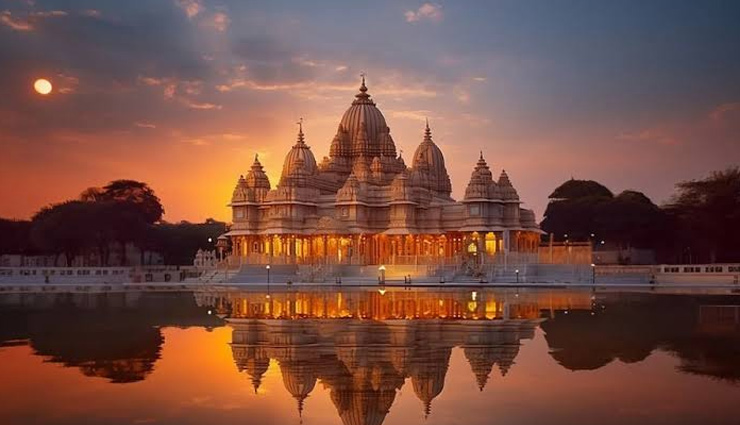
# Ram Janmabhoomi Temple
The Ram Janmabhoomi Temple is a site of immense religious significance, believed to be the exact birthplace of Lord Rama. Currently undergoing major renovations, this temple stands as a testament to Hindu devotion and resilience. Visitors can feel the vibrant atmosphere created by chants and hymns, drawing thousands of pilgrims eager to witness this historic moment. The temple's intricate carvings and grand architecture embody the essence of Hindu design and the lasting legacy of Lord Rama.
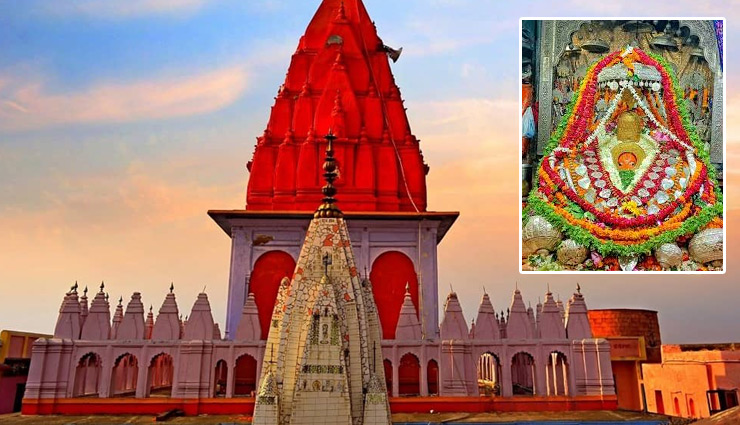
# Hanuman Garhi
Hanuman Garhi is a prominent temple dedicated to Lord Hanuman, the loyal devotee of Lord Rama. Situated on a hill, it requires climbing 76 steep steps—a journey many undertake with dedication. Local lore suggests that Hanuman resided here to safeguard Ayodhya. At the entrance, a grand statue of Hanuman welcomes visitors, and inside, an idol of Hanuman in a seated posture radiates reverence. The hilltop offers a breathtaking view of the city, blending spirituality with scenic beauty.
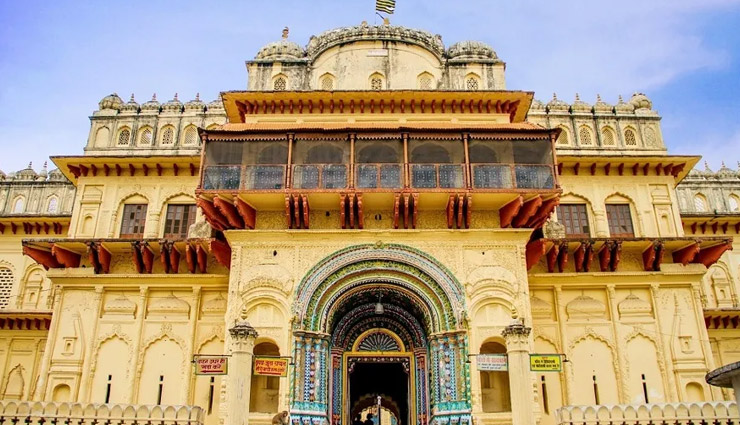
# Kanak Bhawan
Kanak Bhawan, or Sone Ka Ghar (House of Gold), is notable for its architectural elegance and historical relevance. According to legend, this temple was a wedding gift to Goddess Sita from her mother-in-law, Queen Kaikeyi. It features stunning idols of Lord Rama and Sita, adorned with golden crowns and jewelry. The walls and ceilings are adorned with intricate carvings, showcasing the exceptional craftsmanship of the era. The temple’s tranquil atmosphere attracts visitors seeking a blend of artistic beauty and spiritual devotion.
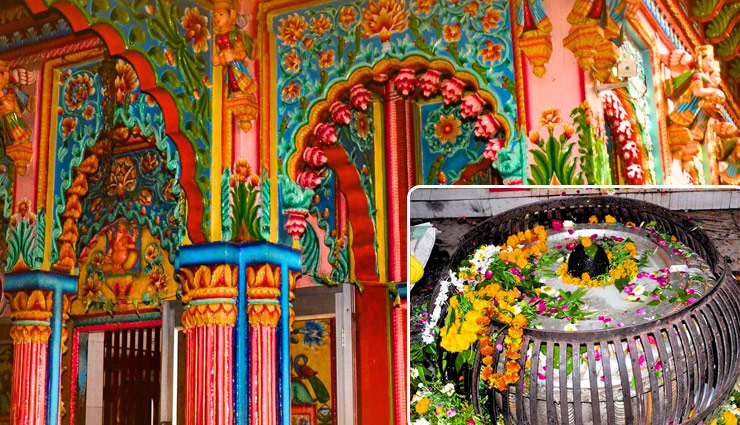
# Nageshwarnath Temple
The Nageshwarnath Temple, dedicated to Lord Shiva, holds a cherished place among Ayodhya's residents. Its foundation is linked to a legend involving Lord Rama’s son, Kush, who lost his armlet in the Saryu River, later discovered by a Nagakanya (serpent maiden) who fell in love with him. The temple is known for its vibrant Maha Shivaratri celebrations, drawing worshippers from across the nation. With detailed carvings and a serene environment, it serves as a sanctuary for those seeking spiritual solace.
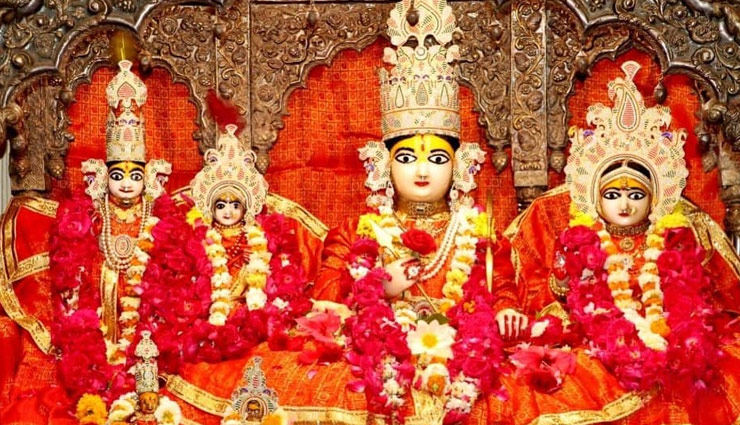
# Treta Ke Thakur
Treta Ke Thakur marks a significant episode in the Ramayana—the site where Lord Rama is believed to have performed the Ashvamedha Yajna. The temple houses beautifully carved idols depicting scenes from the Ramayana, providing a visual narrative of the epic. Its architectural design uniquely fuses traditional and modern elements, making it a distinctive landmark in Ayodhya. The peaceful ambiance and historical importance attract both pilgrims and historians alike.
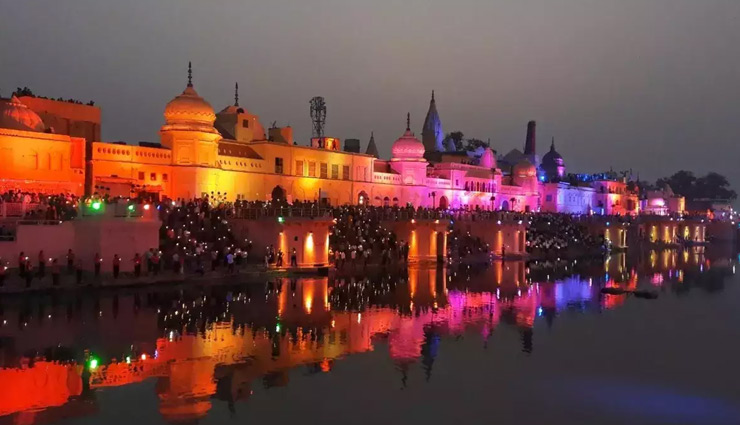
# Saryu River
Flowing alongside Ayodhya, the Saryu River is more than just a waterway; it symbolizes spiritual purity and bears witness to the city’s rich history. The ghats along the river are frequented by devotees for rituals and contemplation. The evening aarti (prayer ceremony) is a captivating experience, filled with the sounds of bells and chants as lamps are offered to the river, creating a mesmerizing reflection on the water. This ritual embodies the profound peace and spirituality intrinsic to Ayodhya.
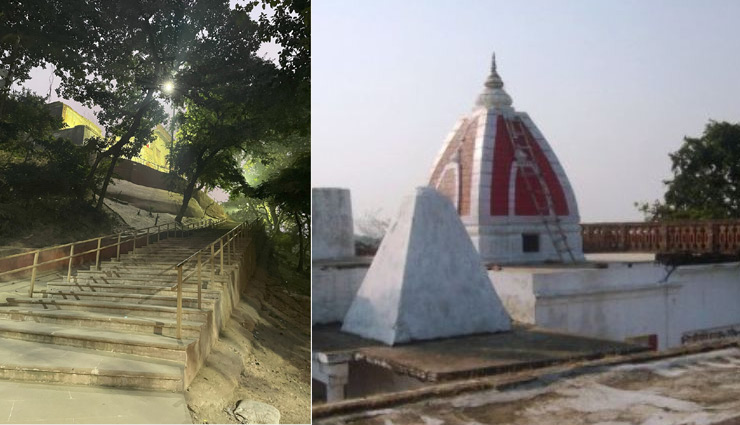
# Mani Parvat
Mani Parvat, a small hillock in Ayodhya, is steeped in Hindu mythology. According to legend, this hillock originated from a fragment of the Sanjeevani Mountain, brought by Hanuman. It offers panoramic views of the city, making it a favored spot for both devotees and travelers. A temple at the summit enhances its spiritual significance. While the climb may be challenging, it rewards visitors with stunning vistas and a serene atmosphere perfect for meditation.
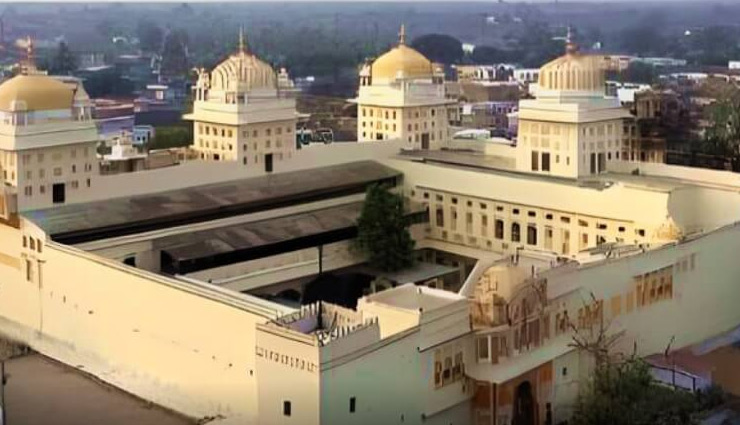
# Choti Chawni
Choti Chawni is a modern temple complex known for its exquisite architecture and peaceful ambiance. With beautifully sculpted deities and serene prayer spaces, it serves as a tranquil retreat amidst the bustling city. This temple exemplifies contemporary spiritual architecture, blending modern styles with traditional elements. Its lesser crowds make it an ideal spot for those seeking quiet reflection during their spiritual journey in Ayodhya.
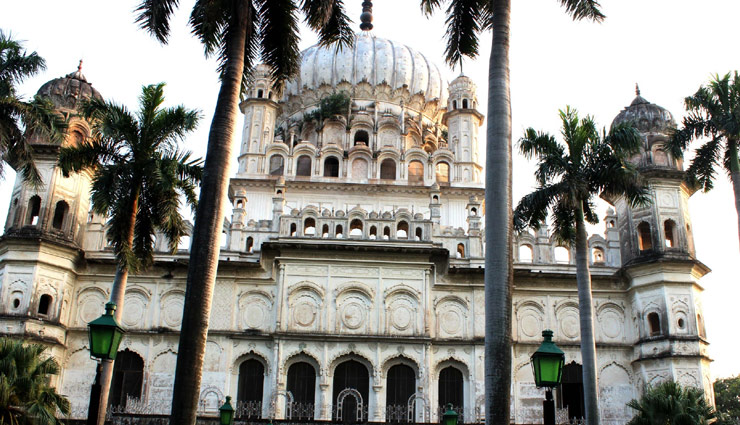
# Bahu Begum Ka Maqbara
Bahu Begum Ka Maqbara, an architectural gem, is the tomb of Queen Bahu Begum, wife of Nawab Shuja-ud-Daula. Often compared to the Taj Mahal for its beauty, this mausoleum reflects Ayodhya’s diverse cultural heritage. It showcases Mughal architectural brilliance, characterized by intricate carvings, elegant domes, and soaring minarets. Set amid lush gardens, the tomb offers a peaceful escape and a glimpse into the historical diversity of Ayodhya beyond its Hindu temples.
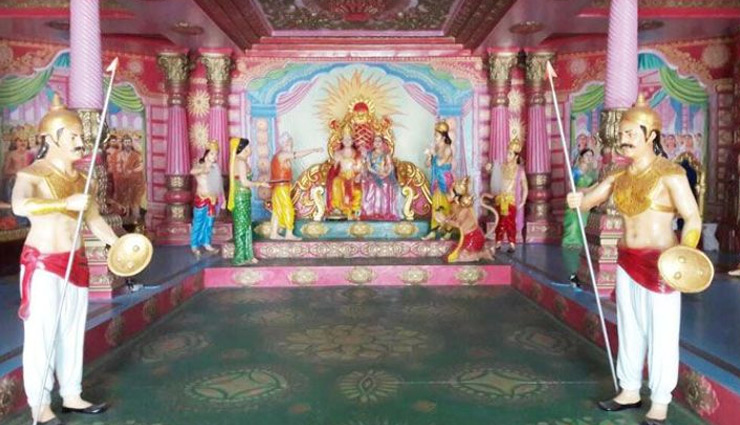
# Ram Katha Museum
The Ram Katha Museum is a treasure trove of artifacts, paintings, and scriptures related to the Ramayana. It provides an insightful exploration of the epic's various interpretations and representations in art and culture. As a vital custodian of Ayodhya’s cultural legacy, the museum showcases an extensive collection, from ancient manuscripts to contemporary art, highlighting the Ramayana’s profound influence on Indian life and heritage.
Images: Google
Related Stories:
# 10 Must Visit Tourist Attraction in Port Blair





